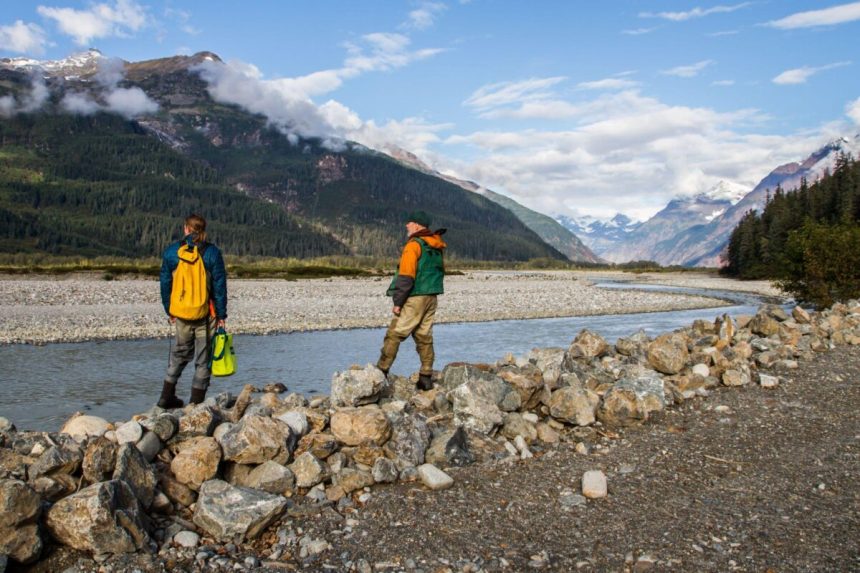In the ice- and glacier-covered region shared by northern British Columbia (BC) and Alaska, shrinking glaciers are giving rise to thousands of new rivers that could become vital salmon habitats in the future. However, the mining industry has also identified abundant mineral deposits in these emerging watersheds, creating conflicts with those advocating for the protection of fish habitats. A recent policy forum published in Science sheds light on these emerging land-use conflicts, pointing out current environmental policy oversights and proposing opportunities for better management of these newly exposed habitats. The Mineral Tenure Act in BC allows mining companies to stake claims on lands without significant government oversight or consultation with Indigenous communities, leading to potential threats to future salmon habitats emerging as a result of glacier retreat. Researchers at Simon Fraser University (SFU), Gitanyow First Nation Hereditary Chiefs, the University of Montana, and the Taku River Tlingit First Nation have collaborated on a policy forum to address these issues and provide recommendations for the future. The research emphasizes the need for proactive policies to protect glacier-exposed habitats and to balance economic interests with environmental conservation and Indigenous rights. The study underscores the importance of updating environmental laws to safeguard habitats for future generations in light of the rapidly changing climate.






